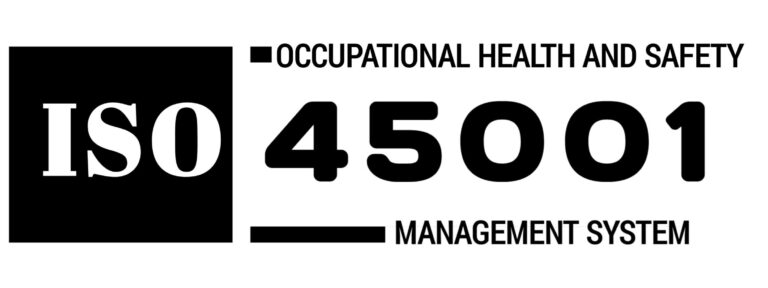Course Description
This 3-day Lean Six Sigma Yellow Belt course provides participants with a solid foundation in both Lean and Six Sigma principles, tools, and methodologies for improving processes, reducing waste, and enhancing quality. Yellow Belts play a supportive role in Lean Six Sigma projects, contributing to data collection, process mapping, and basic problem-solving, while understanding how Lean’s waste elimination complements Six Sigma’s variation reduction.
Through interactive workshops, practical exercises, and real-world case studies, participants will learn how to identify improvement opportunities, apply basic Lean tools, collect and interpret data, and support Green and Black Belt project teams. The course emphasizes the financial benefits of Lean Six Sigma, including reduced defects, shorter lead times, improved productivity, lower operating costs, and increased customer satisfaction.
Course Objectives
Understand Lean Six Sigma Fundamentals:
– Define Lean Six Sigma and its role in process improvement.
– Understand the DMAIC methodology and Lean principles.
Identify and Support Improvement Opportunities:
– Recognize processes with high waste or variation.
– Participate effectively in Lean Six Sigma project teams.
Apply Basic Lean and Six Sigma Tools:
– Use process mapping, cause-and-effect diagrams, and waste identification tools.
– Understand measurement system basics and data collection methods.
Link Lean Six Sigma to Financial Performance:
– Quantify cost savings from reduced defects, waste, and cycle times.
– Demonstrate ROI from Yellow Belt-level contributions.
Support Sustainable Improvements:
– Assist in implementing process changes and monitoring control plans.
– Promote a culture of continuous improvement in daily work.
Training Length
Day 1: Introduction to Lean Six Sigma, DMAIC framework, Lean principles, and defining project opportunities.
Day 2: Process mapping, waste identification, data collection, and root cause analysis tools.
Day 3: Implementing improvements, control planning, and measuring financial impact.




